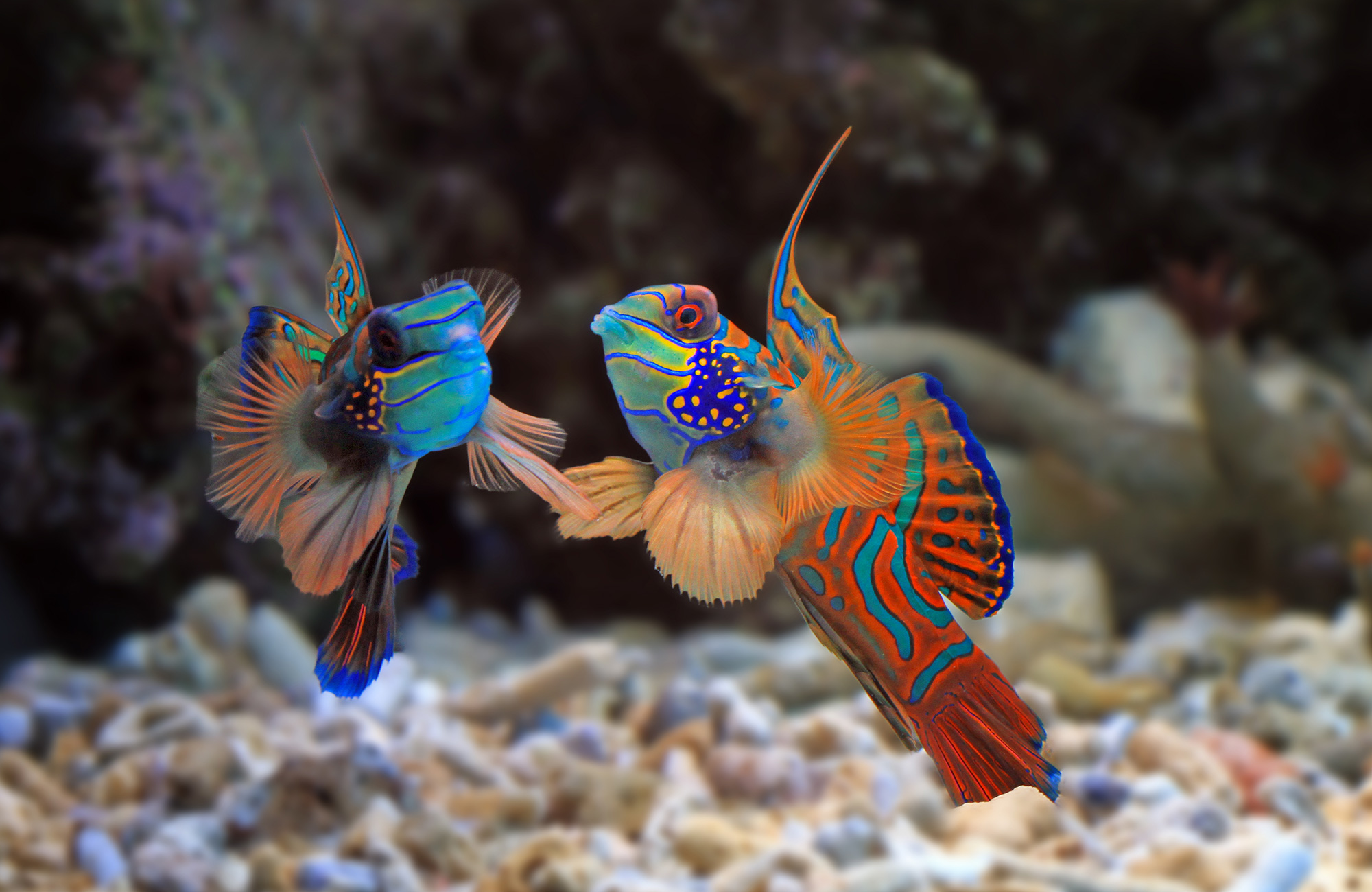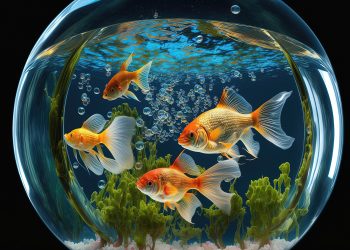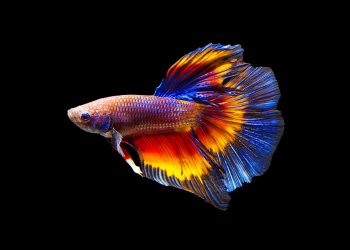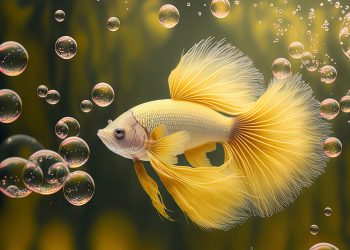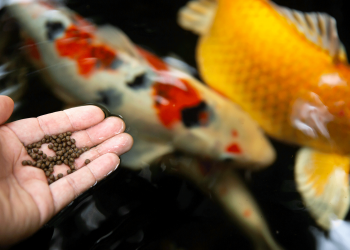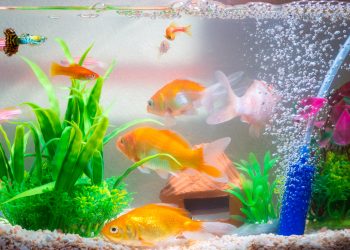Fish primarily reproduce through sexual reproduction, wherein sperm from males’ fuses with eggs from females. The mode of reproduction, whether laying eggs or bearing live young, can vary among species.
Methods of Reproduction in Fish:
- Egg-laying (Oviparity): The majority of fish species lay eggs. These eggs may float freely in the water or be attached to surfaces like plants. Pelagic fish, for instance, have eggs that remain suspended in the water column. Some species lay adhesive eggs that cling to vegetation or other submerged surfaces.
- Live bearing (Viviparity): Some fish, notably many popular aquarium species like guppies and swordtails, give birth to live young. After internal fertilization, the embryos develop inside the mother until they are ready to be born as fully formed fry.
- Mouthbrooding: In some species, eggs are fertilized and then taken into the mouth of one of the parents (usually the male) where they are incubated until hatching.
Understanding Fish Reproductive Biology:
- Sperm Production: While fish don’t possess seminiferous tubules like mammals, their testes generate sperm cells that are released during spawning.
- Fertilization Indicators: A fertilized fish egg often appears light brown with visible eyes emerging after some time. In contrast, unfertilized eggs may turn white and develop a fungal appearance.
- Intersex Fish: Recent studies have shown that some male fish, notably smallmouth bass in certain regions, are exhibiting female traits such as egg production. This phenomenon is believed to be due to environmental pollutants that interfere with hormonal functions.
- Asexual Reproduction: Some species, like the Amazon molly, reproduce through gynogenesis, a form of asexual reproduction. This means females produce offspring without fertilization by males.
Fish Breeding in Aquariums:
- Gestation Period: The gestation period varies among species. For instance, guppies have a gestation of four to six weeks, while mollies may range from six to ten weeks.
- Tank Conditions: Fry, or baby fish, can typically be introduced to a main tank after four to six weeks, once they have grown sufficiently to avoid being eaten by larger fish.
- Fish Breeding: The practice involves facilitating the reproduction of fish, whether for conservation, aquaculture, or aquarium keeping.
Fish reproduction is diverse, with species exhibiting a range of reproductive strategies tailored to their environments. From egg-laying to live-bearing, these methods ensure the continued survival of fish across ecosystems. In aquarium settings, understanding these processes is vital for successful fish breeding and conservation.


Next on your reading list:
